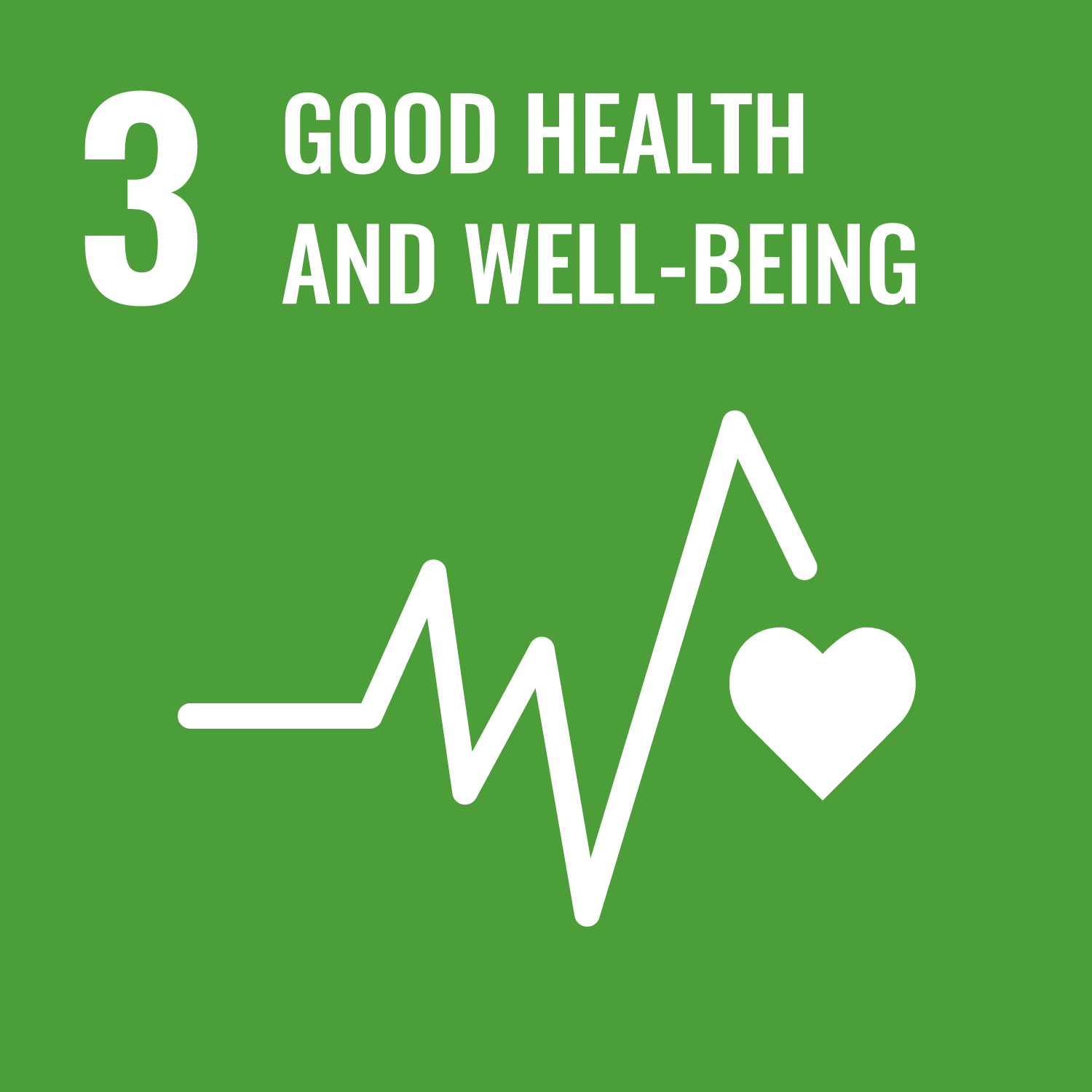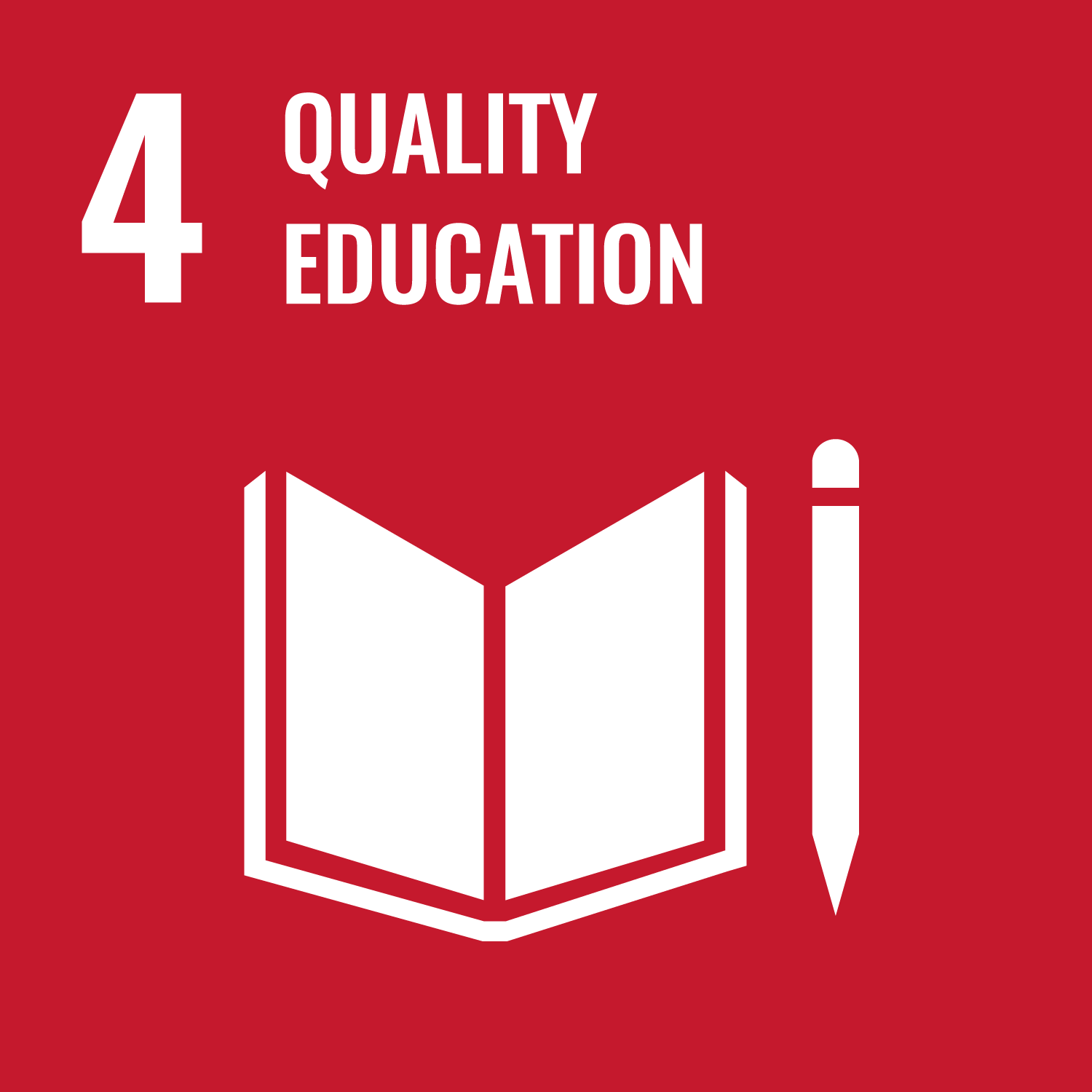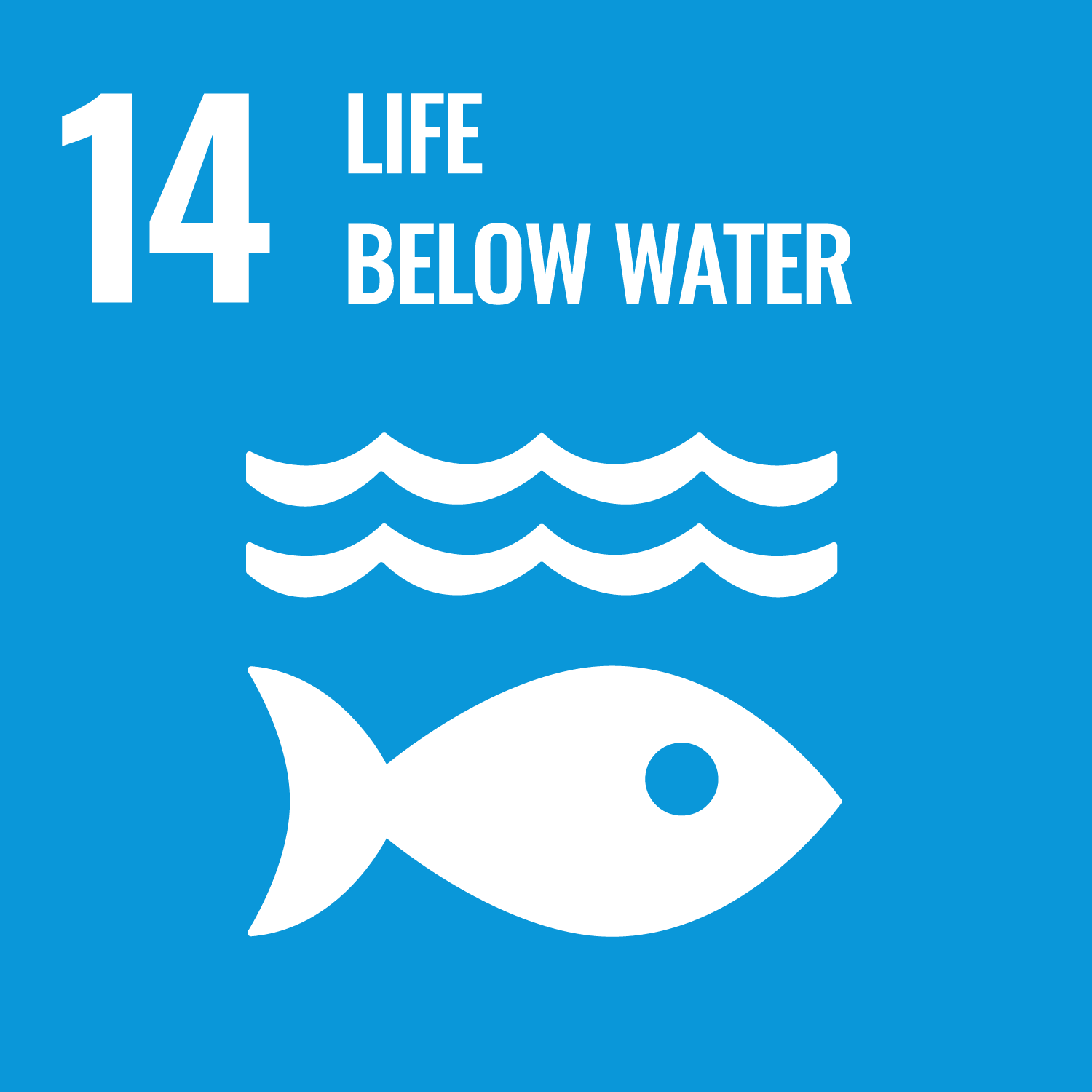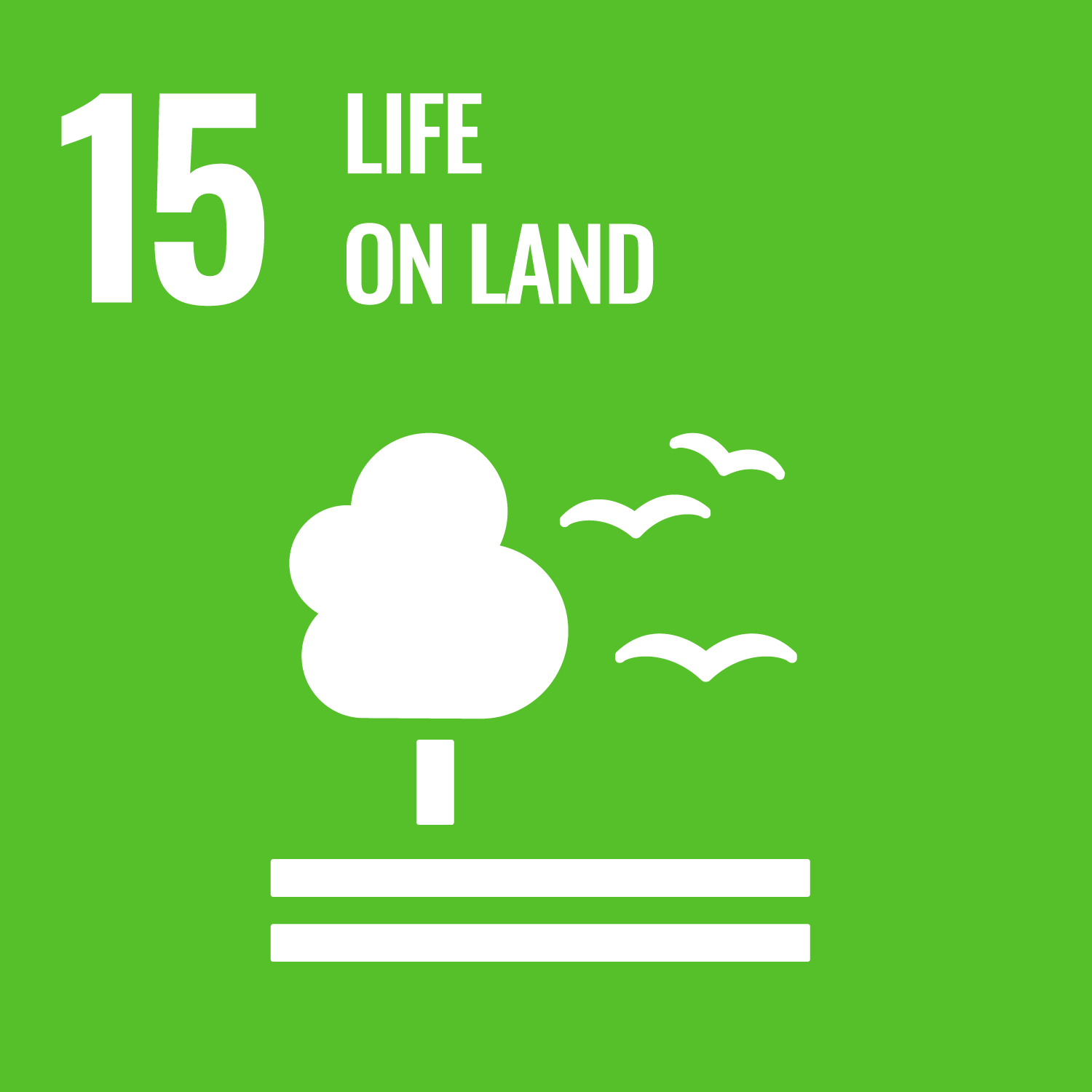Today’s Medicine is involved with so many multi fields, therefore the skills and techniques used in medical research are always
further expanding into many kinds of knowledge fields. From this aspect, expected capability for the students studying in
this field should involve many fields. This study helps students to get the first step to expand their skills and knowledge.
Especially this class focuses on knowledge in cardiovascular physiology which covers the blood circulation, heart function,
blood circulation, blood vessel function, etc. In addition, the skills on the microscopic photograph, data evaluation examples,
and measurement skills, and designing way is also focused. What to need in this course is to have great curiosity, and activeness
to learn, and discussion capability.
To understand the cardiovascular system, the cardiac cycle, cardiac output, haemodynamics, and the microcirculation.
Furthermore, in order to lead students for their further research activities into expanded vision in advanced biofluid field, this class covers the microscopy, Biofluid treatment to mimic the in-vivo condition, Image treatment after the image acquisition, and so on. In addition, the design skill to make in-vitro study would be also introduced.
Furthermore, in order to lead students for their further research activities into expanded vision in advanced biofluid field, this class covers the microscopy, Biofluid treatment to mimic the in-vivo condition, Image treatment after the image acquisition, and so on. In addition, the design skill to make in-vitro study would be also introduced.
- Understand the cardiovascular system
- Understand the cardiac cycle
- Understand the electrocardiography
- Understand the cardiac output
- Understand the Haemodynamics
| Class schedule | HW assignments (Including preparation and review of the class.) | Amount of Time Required | |
|---|---|---|---|
| 1. | Introduction into Medical Engineering | Check medical Engineering technologies | 200minutes |
| 2. | General information on Microscopy | Microscopic information | 200minutes |
| 3. | Basic skills on microscopic obsearvation | Microscopic information | 200minutes |
| 4. | Basic skills on microscopic obsearvation | Microscopic information | 200minutes |
| 5. | Fluorescent observation | Fluorescent observation skills | 200minutes |
| 6. | Fluorescent observation | Fluorescent observation skills | 200minutes |
| 7. | Fluorescent observation | Fluorescent observation skills | 200minutes |
| 8. | Advanced skill on Biofluid treatment | Reviewing last lecture | 200minutes |
| 9. | Advanced skill on Biofluid treatment | Reviewing last lecture | 200minutes |
| 10. | Advanced skill on Biofluid treatment | Reviewing last lecture | 200minutes |
| 11. | Advanced skill on Biofluid treatment | Reviewing last lecture | 200minutes |
| 12. | Design skill on biofluid research field | Reviewing last lecture | 200minutes |
| 13. | Design skill on biofluid research field | Reviewing last lecture | 200minutes |
| 14. | Design skill on biofluid research field | Reviewing last lecture | 200minutes |
| Total. | - | - | 2800minutes |
| Understand the cardiovascular system | Understand the cardiac cycle | Understand the electrocardiography | Understand the cardiac output | Understand the Haemodynamics | Total. | |
|---|---|---|---|---|---|---|
| 1. | 4% | 4% | 4% | 4% | 4% | 20% |
| 2. | 4% | 4% | 4% | 4% | 4% | 20% |
| 3. | 4% | 4% | 4% | 4% | 4% | 20% |
| 4. | 4% | 4% | 4% | 4% | 4% | 20% |
| 5. | 4% | 4% | 4% | 4% | 4% | 20% |
| Total. | 20% | 20% | 20% | 20% | 20% | - |
Attitude on activenes and discussion. Contents in the each reports after the course
J.R.Levik, An Introduction to Cardiovascular Physiology, CRC Press
| Work experience | Work experience and relevance to the course content if applicable |
|---|---|
| N/A | N/A |




- 3.GOOD HEALTH AND WELL-BEING
- 4.QUALITY EDUCATION
- 14.LIFE BELOW WATER
- 15.LIFE ON LAND
Last modified : Sun Mar 21 17:10:35 JST 2021

